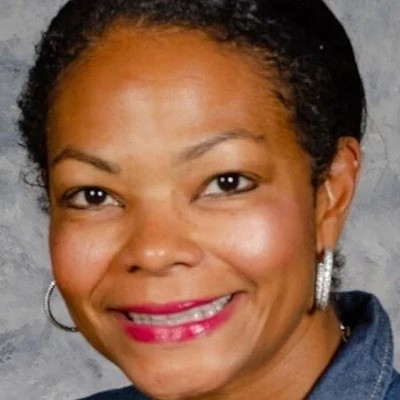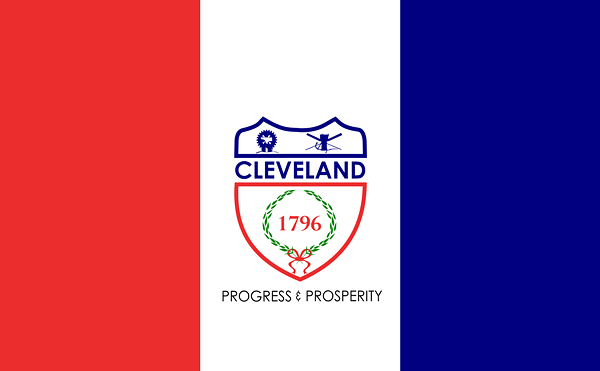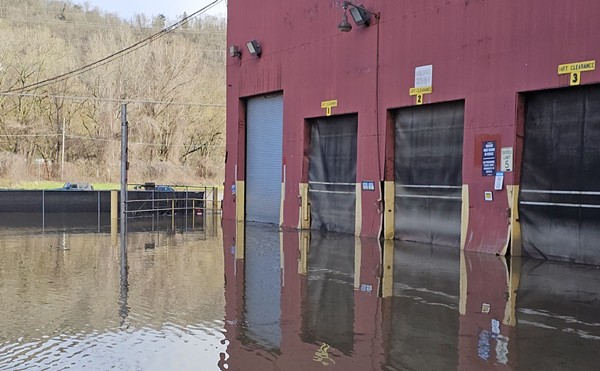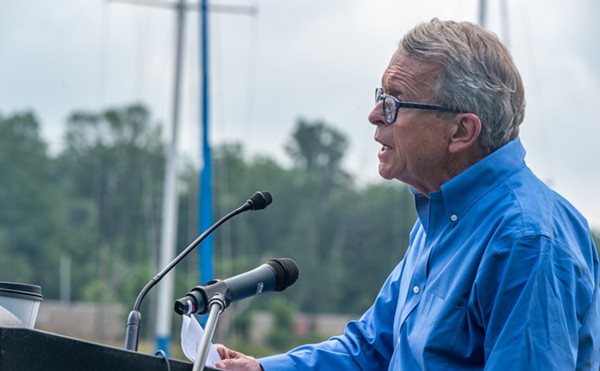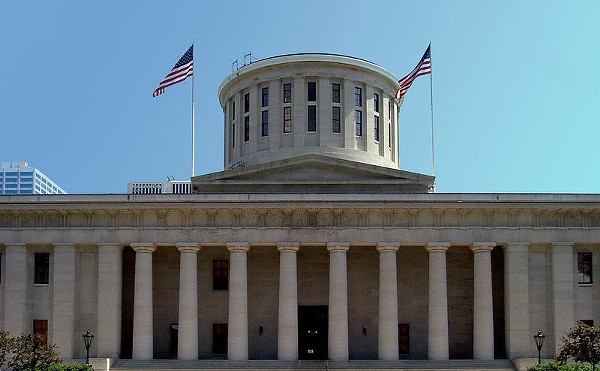As it turned out, Neff was a better promoter and proselytizer than investigator. He had an engaging personality and persuasive manner that made him a great speaker and a media favorite. In Cleveland, he became a regular guest on local radio and television talk shows. Dorothy Fuldheim, of all people, was a fan and had Neff on her show many times. Another favorite was Harv Morgan's radio program "Contact," where one night they opened up the mikes and sat quietly, inviting anyone who might be "out there" listening to speak up. (Oh, how we were tempted!) Neff became so popular and conversant with his subject that he was taken on by Steere Associates, a speaker's bureau in New York that represented luminaries such as Tom Wicker and William Kunstler, and booked all over the country. The promo materials promised "a dynamic speaker...who is always pleased to see how many 'disbelievers' begin to take the subject seriously" after his talk. In 1969 alone, Neff traveled to Arkansas, Michigan, Florida, and Washington D.C. in between media appearances and speeches to Rotary Clubs and other groups in Cleveland.
Neff's imprint on CUP is still evident today. Though he was a believer, his scrupulous early work in investigations set a template for the organization, which handles sighting reports with a degree of skepticism that would surprise most outsiders. Tom Wertman, who currently does most of CUP's investigations, will proudly tell you that he can explain 85 percent of them as mistaken sightings of planets, airplanes and other natural phenomena. Richard Lee, who joined CUP in 1970 and has done dozens of investigations, notes that it's important to consider the source: "Some people just want to be part of an elite group that saw something incredible. Even when you can explain it, they don't want to accept it."
Neff also had a gimmick that has become part of the group's legacy. Often, when he was on a radio show, he would encourage the host beforehand to open the conversation by asking him if he believed in UFOs. Then he would answer no. After a moment of stunned silence, the host would usually stammer, "What do you mean, no?" To which Neff would respond: "If you ask me if they exist, I would say yes. I don't believe in them. I know they exist."
And so it was perfectly natural for Mary Ann Hawk, a white-haired woman who can count on two hands the number of CUP meetings she's missed since joining the organization in 1971, to tell the group at the anniversary dinner, "I don't believe in UFOs. I know they're a fact."
The UFO movement suffered a serious body blow in January 1969, when the Condon Report was released. Edward Condon was a well-respected nuclear physicist who in 1966 agreed to accept an Air Force commission to assemble a scientific panel that would take a serious look at UFOs. The final product, which ran to nearly 1,500 pages, examined 59 of the most promising sightings and concluded that they did not merit scientific study. In response, the Air Force shut down Project Blue Book and got out of the UFO investigation business, and funding for UFO-related studies dried up.
"We took a big hit," recalls Richard Lee. "In the '60s, there was an attitude of 'We can solve this.' Then suddenly it was, 'You're all crazy.' There was a big drop in the number of UFO groups, and no respectable researcher wanted to have their name associated with the subject."
Condon spent two years on the faculty at Oberlin College, where CUP co-director Aaron Clark works as a lab tech. Clark brought an interesting cultural artifact to the anniversary dinner — a wooden drawer that Condon used when he was there, with a piece of masking tape still stuck to the front marked "Condon." This was a gag we appreciated: no imagination, empty drawer.
But keeping CUP active after the Condon Report robbed UFOs of respectability was no joke. "During the '80s and '90s, just staying alive was difficult," Clark says. "There was not much membership growth; it was mostly old people who had been coming to meetings for a long time. The organization was in decline."
Only the dedication of longtime members kept it afloat. When the church told Hawk that she couldn't advertise the CUP meeting site, she called all the members to tell them when and where meetings would take place. Lee continued to evaluate every report that came his way, even from the fundamentalist Christian woman who claimed that we had kidnapped her. (Please!) "You just never know who's going to walk in with something valuable," he says.
Lee and Hawk are typical of their era, lifelong true believers who see nothing odd about chasing UFOs. "Ever since I can remember, I was always interested in spaceships in the sky," says Hawk, who just turned 76. "It's nothing new that we're experiencing now. They've been seen all through history." Lee, 70, was taken under the wing of Larry Moyers, a veteran investigator for the Ohio chapter of MUFON (Mutual UFO Network), at an early age and found doing investigations an exciting supplement to his job as a custodian in Akron schools.
Newer members tend to come from the experiential school. Clark, 37, became a convert in 1986, when he and his mother spotted one of our craft, a rotating disc model with twinkling lights, briefly drop below low cloud cover near the intersection of Broadview and Pleasant Valley roads. Tom Wertman, 57, traces his fascination with UFOs back to the bad movies he watched on Ghoulardi as a kid — though what really locked him in was a sighting he made one night while driving along the Ohio Turnpike, when one of our massive, triangular-shaped craft passed silently overhead.


